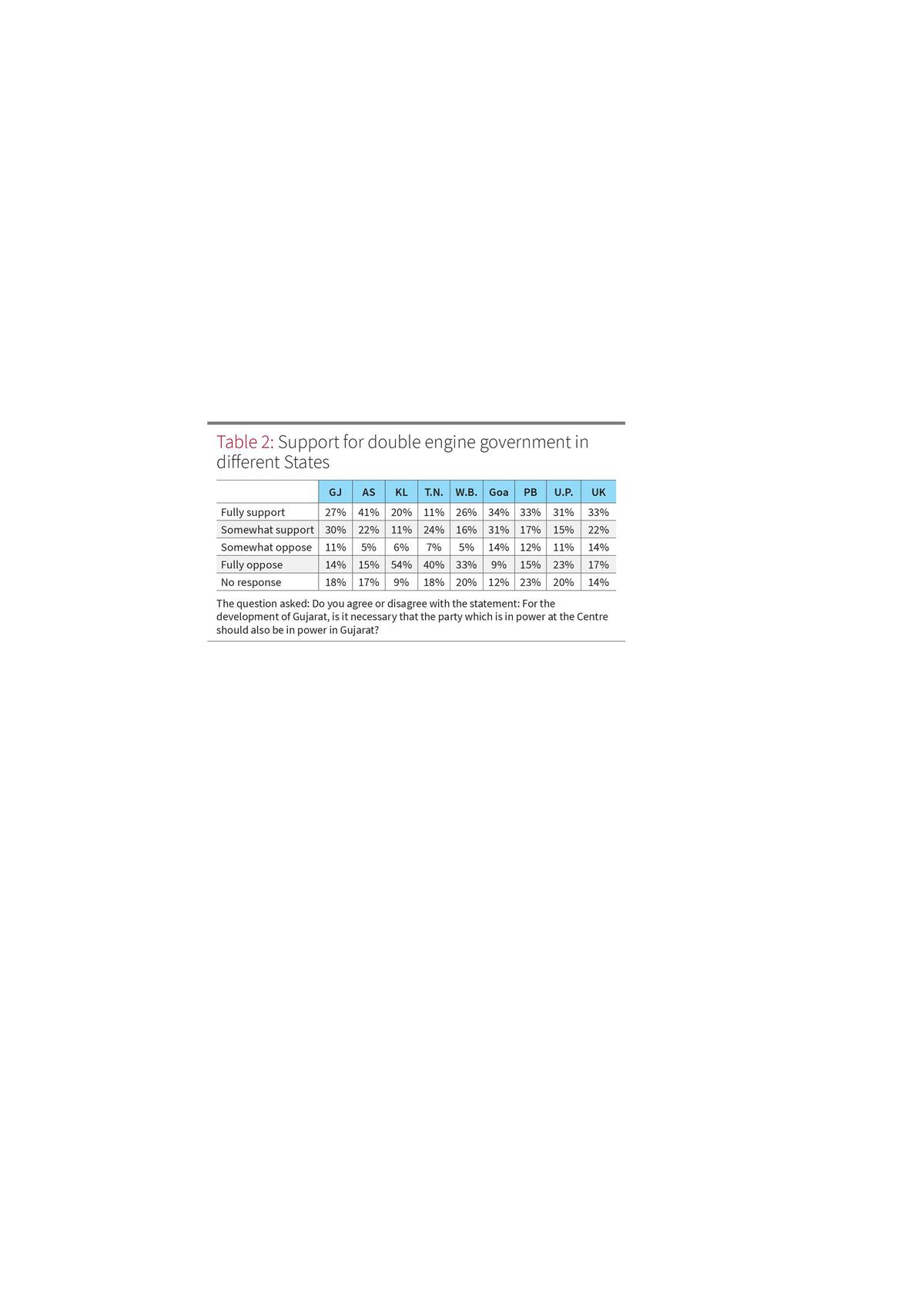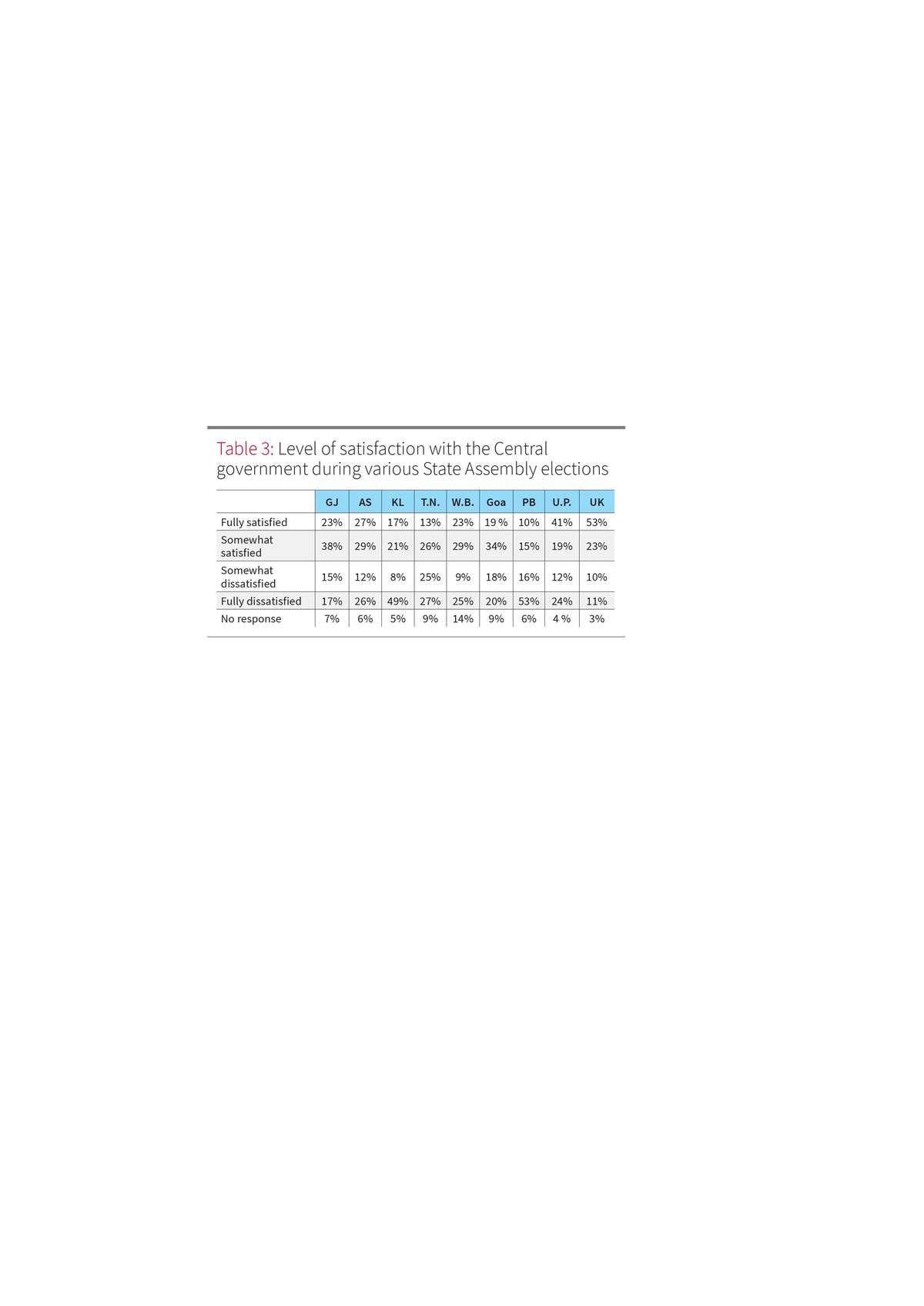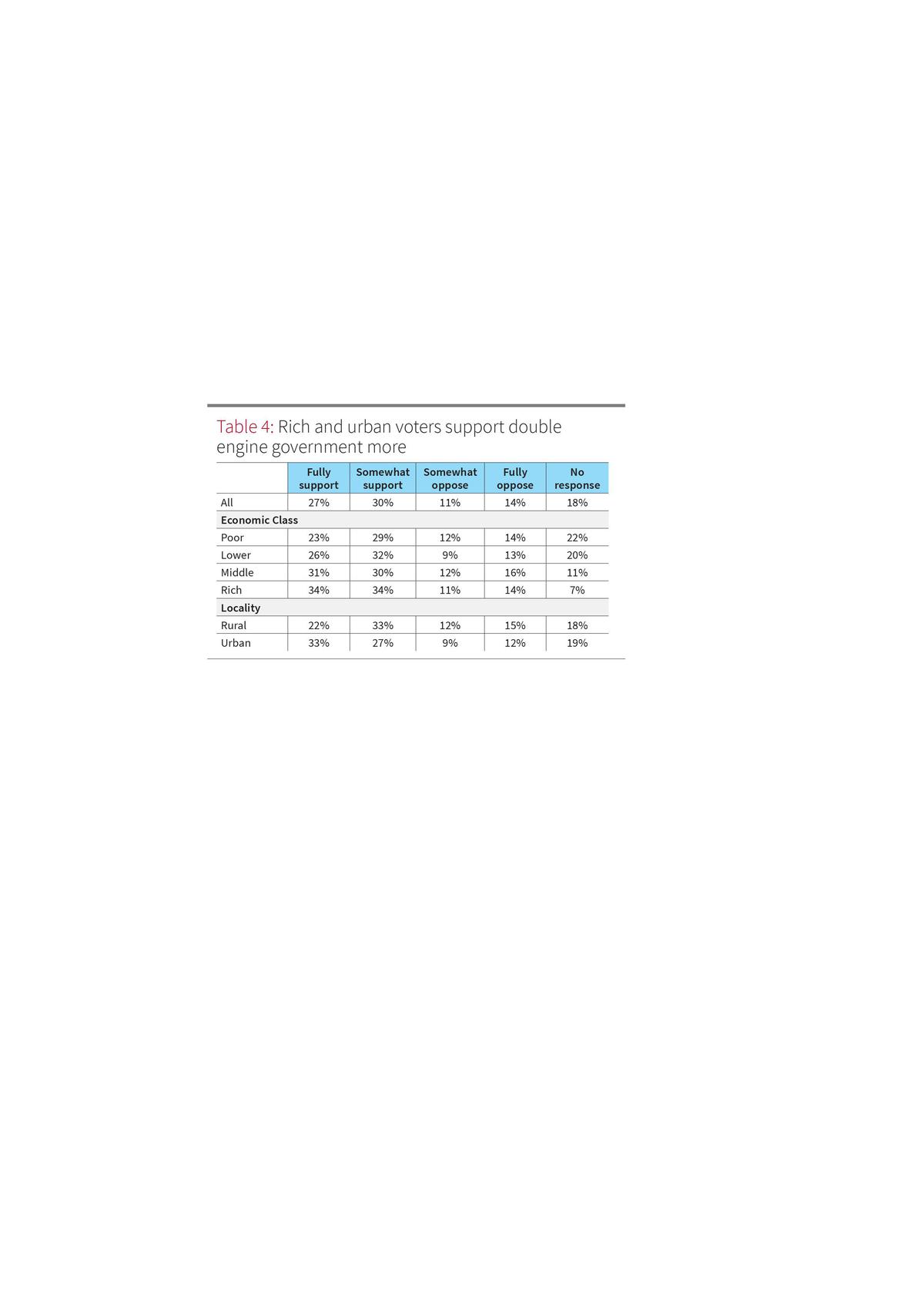Often, in states, support and opposition to a ‘dual-engined government’ runs parallel to the level of satisfaction with the central government.
Often, in states, support and opposition to a ‘dual-engined government’ runs parallel to the level of satisfaction with the central government.
The phrase ‘double engine government’ is a theme that the Bharatiya Janata Party (BJP) is bound to capitalize on during the assembly elections in Gujarat. The BJP has often used this metaphor several times during elections in other states and it is capturing the imagination of voters at many places. The metaphor promises faster development as both the governments belonging to the same party will be on the same page and better coordination between them will bring about the development of the state. The Lokniti-CSDS survey sought to understand how practical this metaphor is in the minds of the voters of Gujarat.
Unconditional acceptance?
In Gujarat, support for a double engine government has increased from 16% in 2017 to 27% in 2022, and vice versa, its opposition has declined significantly (Table 1). Even those who are completely dissatisfied with the central government (17%) still choose to support the idea of a double engine government.

The findings of states in earlier surveys indicated an interesting pattern: wherever the BJP was in power, it found substantial support for a double-engined government. Voters in Gujarat (27%), Assam (41%), Goa (34%), Uttar Pradesh (31%) and Uttarakhand (33%) show substantial inclination towards the ‘double engine’, while states such as Kerala (54%) Voters in the states %), Tamil Nadu (40%) and West Bengal (33%), where the ruling system differs, citizens mostly disagreed (Table 2).

Often, in states, support and opposition to a ‘dual-engined government’ runs parallel to the level of satisfaction with the central government (Table 3). States such as Uttarakhand (42%) and Uttar Pradesh (17%) have higher levels of net satisfaction (‘completely satisfied’ minus ‘completely dissatisfied’) than Gujarat (5%) and Assam (1%) , and vice versa, net dissatisfaction (‘completely dissatisfied’ minus ‘fully satisfied’) was higher in Punjab (43%), Kerala (32%), Tamil Nadu (14%), West Bengal. (2%) and Goa (1%).

While there may be some overall attraction to the double engine government metaphor, it is interesting that support for this idea is more pronounced among the rich than the poor, and among urban respondents than rural respondents (Table 4).
Suhas Palshikar is editor-in-chief of studies in Indian politics and Devesh Kumar is researcher at Lokniti-CSDS